CRASH #3
2011
operatic film, audio and object installation, 54th Venice Biennale
2011
operatic film, audio and object installation, 54th Venice Biennale
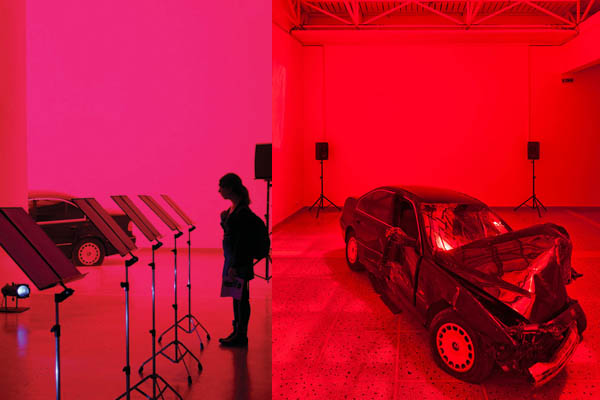
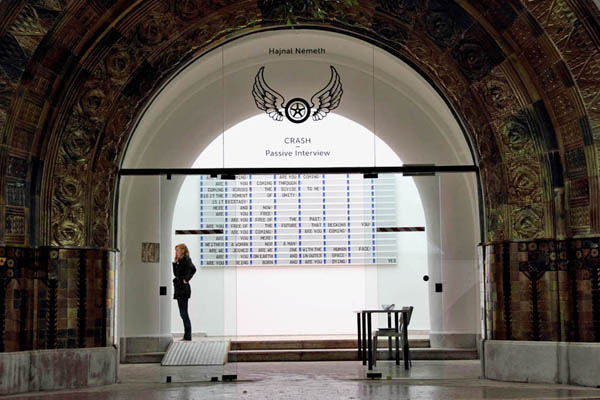
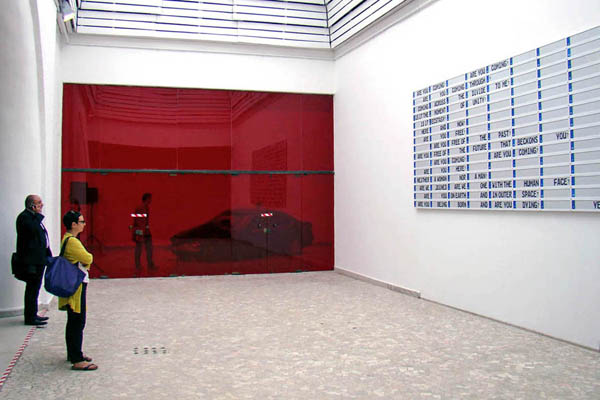
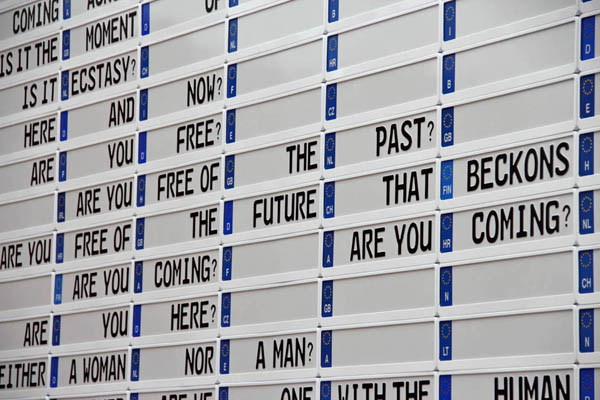
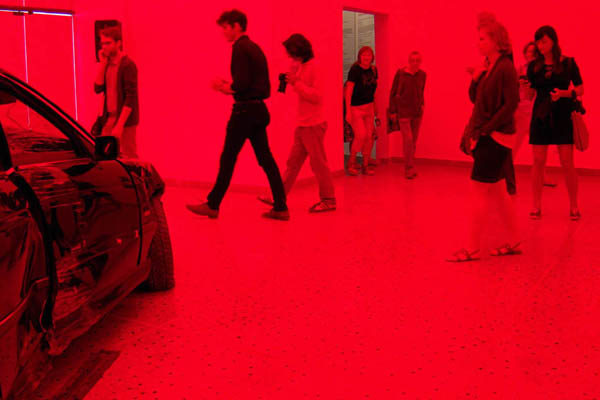
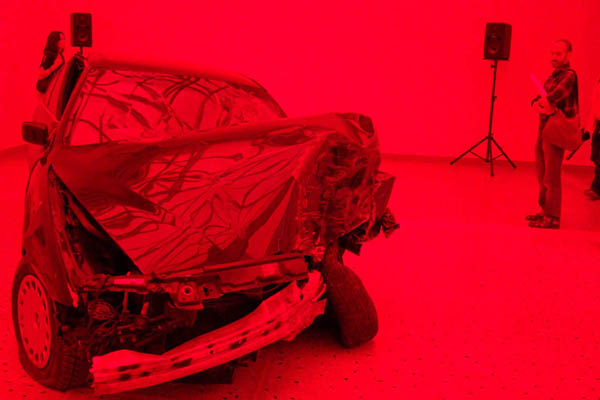
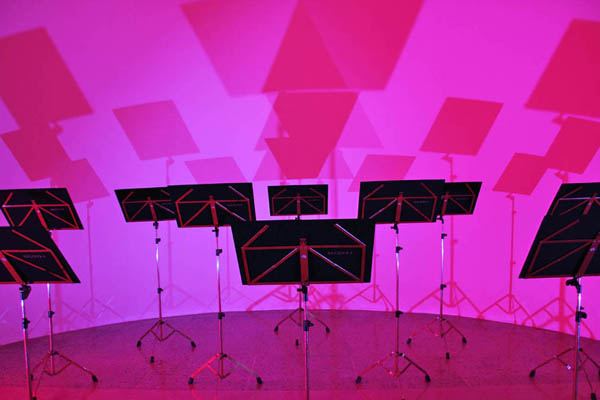

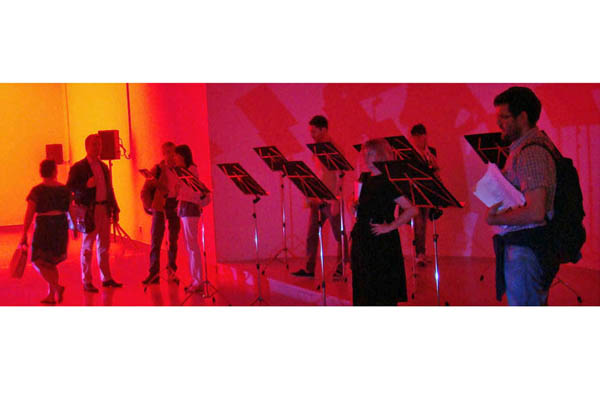
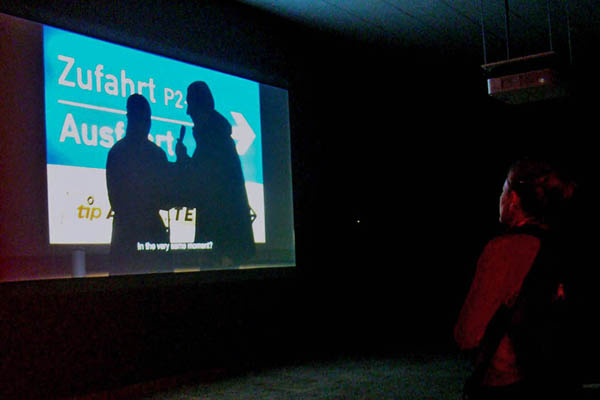
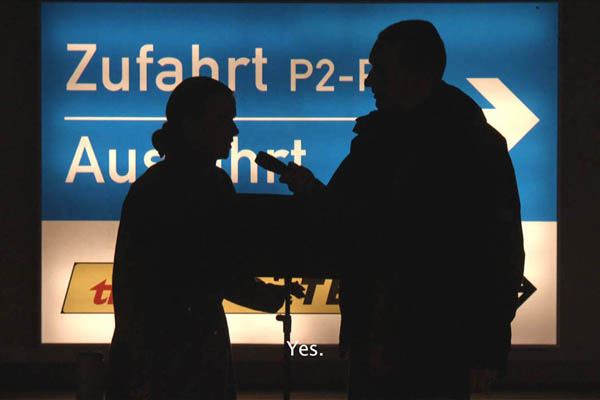
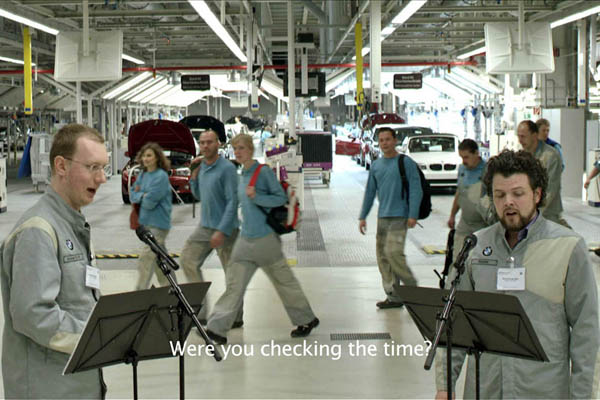
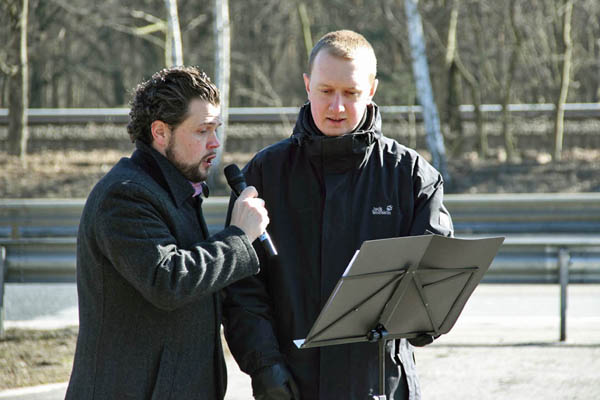

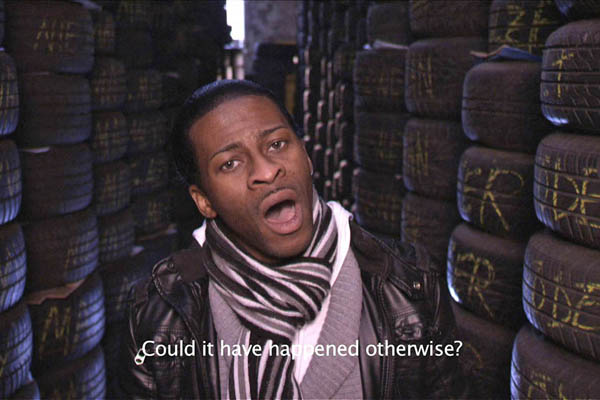
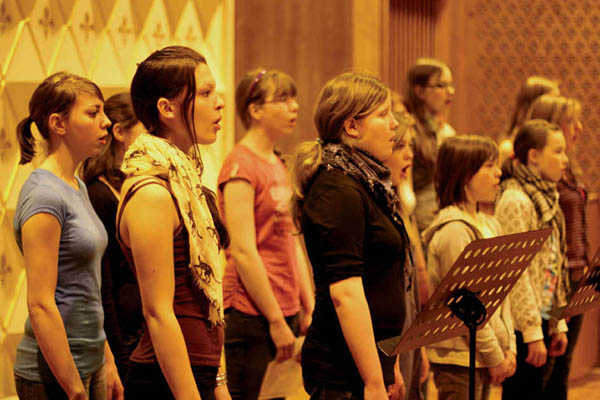
Operatic film, 8 channel audio installation, object installation, version 3
54th International Art Exhibition - la Biennale di Venezia
Hungarian Pavilion, Giardini, Venice, 4 June – 27 November 2011
The skeleton of the work is an experimental opera that takes place on the stage of life, relating, and reflecting on, the stories of car crashes in a dialogical form: the critical moment slowed down by memory and related in utmost detail; the drive and the course of events leading up to that moment; as well as the complex relation of man to driving, in view of his inclination to fetishize his technical objects.
Filling the space as an acoustic experience, the piece will also be presented at the show in the form of a musical film.
The installation is complemented with the librettos of the dialogues, namely the written records of the passive interviews, as well as the real life wreck of a car totalled in a crash, which occupies the space as an evocative artefact. Beyond the individual events that are recorded, sung, or impressed in a chassis, the composed versions of individual life stories suggest the possibility of determinacy with regard to human destiny.
Hajnal Németh’s complex installation of multiple components treats the halls of the Hungarian Pavilion as acoustic units: music fills each space synchronously yet with slight differences. Walking around the exhibition halls, the visitor is free to discover the various layers of sound and meaning, the lyrics, the music, as well as the ambient noises in the presented video.
On the one hand, the installation is bombastic and theatrical; on the other, it displays subtle and philosophical design. The totalled wreck of a car is flooded in red light against the sonic backdrop of a musical composition that evokes associations of improvisational, experimental opera, its libretto based on interviews with survivors of car crashes.
Perambulating the spaces, the observant visitor may experience at least three different stories. Firstly, that of sung recollections of car accidents; police reports in the form of interviews, also available for reading on site. Secondly, the narrative of the motor vehicle as a fetish object of the 20th century, as the presented video footages were shot at typical key sites of car manufacturing and use. The third narrative is the visitor’s own, as there is no set route for the audience at the pavilion. As if the shock-like, punctual time-frame of an accident were unfolded at once linearly and cyclically, leaving the acts of perception and exploration to the rhythm of the spectator.
Hajnal Németh is serious and intellectual, but she wraps this in the façade of mass culture. Her work can be related with existentialist literature as well as the phenomena of Eastern European “new pop”. Nevertheless, no sooner do we hypothetically imagine such an analysis than it is short-circuited by the amplified warning of a colour, shape or sound in this context. The aesthetic of her unique work lies in this individual-existentialist sensitivity, which, owing to its intimacy, is capable of forming arabesque-like surface patterns from the profundities of existence.
Written by Miklós Peternák.
The sight of a totalled car is indeed shocking, as the energy of the crash is imprinted in its shape, its creases and distortions. Most of us are probably interested in the underlying story: how did the accident happen, have they survived?
Related by a survivor, the catastrophic moment is slowed down by memory to the extremity of the most minuscule detail, going back to the very beginning of the notable day even, as if they were exploring the relation of cause and effect, their decisions that eventually and irrevocably led to the crash.
In this slow replay, I perceive the very relief of the shock, the “comforting” explanation for the unavoidable crash. The fact that the outcome of this story is predetermined – as indicated by the yes-no questions of the sung inner monologues – is far from comforting, though. The opera genre is intended to convey this tension.
The story begins at a car factory, and thus the story of the car, that is, its “life”, which is ended by the crash, ironically takes the place of human life at some points.
The installation includes a video projection evoking the genre of experimental opera, in 12 acts. The opera librettos are based on stories of real accidents, and in the form of yes-no questions, they describe how people relate to driving, speed, and the car as a fetish object. The singers performing the dialogues appear on the stage of life, improvising tunes, or rather, disharmonies, by interpreting ambient noises as musical motifs. There is no closely coherent narrative across the 12 acts; however, the film is permeated by footages filling the interludes between the scenes: a children’s choir at a sound studio, during the recording of the “Angel Song”.
.
The installation:
Lyrics on 120 pieces of EU number plates in frames, 195 x 425 cm, aluminum and plastic on mdf board, 2011
Totaled black BMW E39 Sedan in red light, variable dimensions, 2011
12 librettos (passive interviews): 12 books in textile cover, 12 music stands, variable dimensions, 2011
Photo series, 12 pieces, 30 x 30 cm, 2011
.
Operatic film in 12 acts, Full HD, 8-channel audio, 90'
Year of production: 2011
Place of production: Berlin, Leipzig
Author and director: Hajnal Németh
Collaborators: Xenia Romashova (soprano), Jana Kurucová (mezzo), Susanne Gritschneder (alto), Gregory Warren (tenor), Nathan De’Shon Myers (baritone), Tomasz Wija (bass), Matthias Samuil (piano), Virginia Ehrhardt (piano), David Sills (cello), Kinderchor Canzonetta Berlin (singing), Jochen Wittur (choir leader), Reggie Moore (music), István Imreh (camera), Volker Schaner, Dino Grobe - Fufoo Film GmbH (audio recording), Yensin Jahn, Studios Saal3 Berlin (audio recording and mastering), Péter Lovas (technical assistant)
Post production: Yensin Jahn, Hajnal Németh, Volker Schaner
Partner in realization: BMW Group Cultural Communications and BMW Leipzig Plant
Producers: C3 - Center for Culture & Communication Foundation, FuFoo Film GmbH
.
Curator: Miklós Peternák
National commissioner: Gábor Gulyás
Biennale office: Júlia Gáspár
ILLU MInations / ILLU MInazioni
54th International Art Exhibition of the Venice
Biennale, 2011
Director: Bice Curiger
Hungarian Pavilion
Giardini, Venice, Italy
Supporters: Műcsarnok - Kunsthalle Budapest, NEFMI - National Resource Ministry,
NKA - National Cultural Foundation
Sponsors: C3 - Center for Culture & Communication Foundation, FuFoo Film GmbH,
ADAM Audio, Precise Myer’s Hotel Berlin
.
www.crash-passiveinterview.c3.hu
…
Exhibition views: Hungarian Pavilion, Giardini, Venice, 2011
Photo: András Sólyom, Hajnal Németh